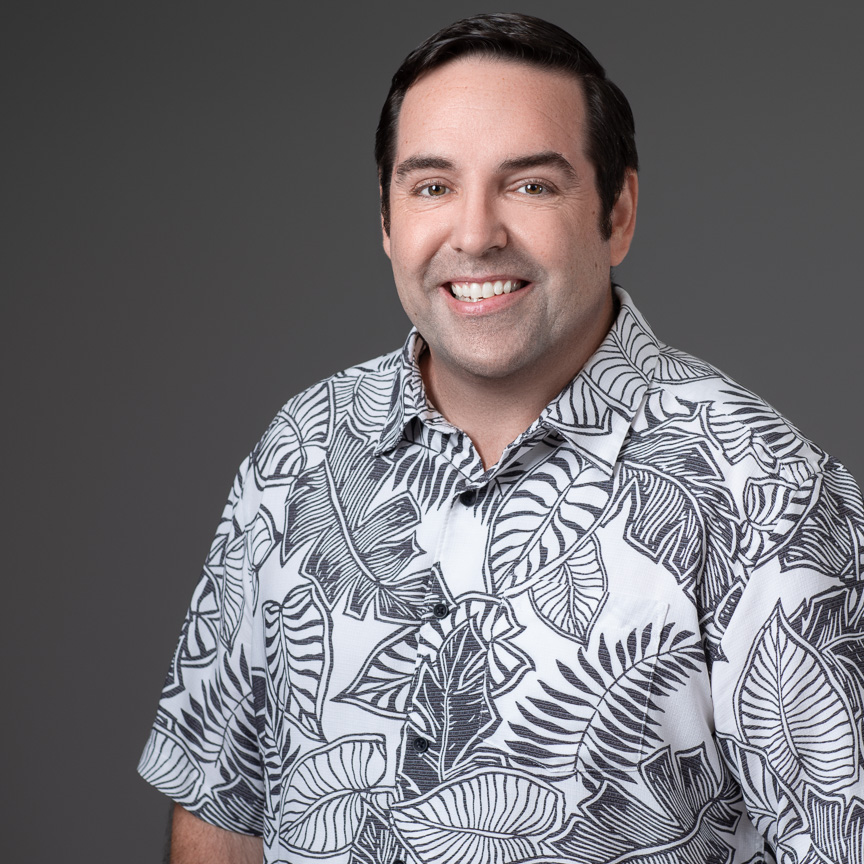How Much Do You Need to Save for Retirement?
Lifestyle
One of the biggest factors in determining how much money you will need to have at retirement is the cost of your lifestyle. If you live high on the hog, then you will need more money than someone who lives a more modest lifestyle. This doesn’t mean you can’t have a more expensive lifestyle in retirement, it means that you will need to have a larger nest egg to support it. This could be achieved by saving more monthly during your working years or potentially getting a greater annual rate of return on your investments. Getting a higher rate of return on your investments can’t be guaranteed, so saving more towards your retirement might be a better strategy.
By taking a rough math approach, we can observe an example of how lifestyle costs can impact your retirement portfolio. I subscribe to the 4% rule when it comes to retirement withdrawals. You should keep your total annual withdrawals to less than 4% of your portfolio total in order to increase the likelihood that your money will outlive you. An average lifestyle expense of $5,000 per month or $60,000 per year would require an investment portfolio of $1,500,000 if all your income comes from your investment portfolio. If you qualify for social security or a pension, then you would need to take less from your investment portfolio. For example, if you have a $1,000 per month pension income or $12,000 per year, then you could reduce the investment portfolio size needed by about $300,000 to $1,200,000. For illustration purposes we will assume all income comes from the investment portfolio. A lifestyle expense of $120,000 per year in retirement would require a portfolio value of $3,000,000 at a 4% withdrawal rate. This is a significant increase in resources required.
Investment Mix
Time
Savings
The question of how much should I save into by 401(k) or other investment account comes up all the time. There really is no definitive answer because it truly depends on the individual’s circumstances. There are some rules of thumb, though – like saving 10 to 15% of your income for retirement. This can be tough to get to in areas like Hawaii with the high cost of living. Younger people typically view retirement as a lifetime away, and they think that more immediate goals like purchasing a home, car, or paying for their children’s school require immediate attention. It is a costly decision to think that you can make up for retirement savings later. With a shorter time horizon, it will take more out-of-pocket savings to equal a smaller investment saved earlier compounding over time. So really, anything is better than nothing in terms of saving as early as possible, but it is best if you can manage to save 10 to 15% of your income. Employer matching on retirement plans can be a big help. If your employer matches 5% and you contribute 5%, then you are already at 10% with only a 5% contribution on your part.
Many people also wonder how they stack up to other folks their age as far as retirement savings totals in their 30s, 40s, and 50s. Again, there are no definitive numbers here, but we can look at some rules of thumb. One theory is that you should have saved the equivalent of your annual salary by age 30 and then increase your savings by your annual salary every 5 years. In this scenario, your retirement savings would be about 7 times your annual salary by age 60. Still, these are just benchmarks to see how you are doing and not a foolproof strategy to retirement success.
Depending on what you read, the current retirement savings statistics in the U.S. can look dismal. According to a Federal Reserve report in 2019, the average retirement savings account balance for Americans aged 65-74 was $426,000. There are certainly more Americans with no retirement savings that there should be. Some encouraging news for the future is that Gen Z are better savers than their Millennial predecessors. Hopefully, this outlook will translate into better retirement outcomes for today’s younger generation.
No matter what your stage in life is, it is always a good idea to pay attention to your retirement goals and craft a plan to improve your odds of success.

About the Author: Matt McConnell, CFP®, AMPA®
Senior Financial Advisor
Matt joined Hawaii Partners 3D Wealth Advisors in November 2020 after spending 21 years running his own financial planning franchise at Ameriprise Financial, LLC. Matt and his wife Uyen live in Honolulu and have one daughter. In his free time, he enjoys going to the beach or park with his family, as well as surfing, hiking, and playing ice hockey! Matt also helps run the annual St. Patrick's Day parade and participates in other volunteer work throughout the community whenever he gets the chance.
